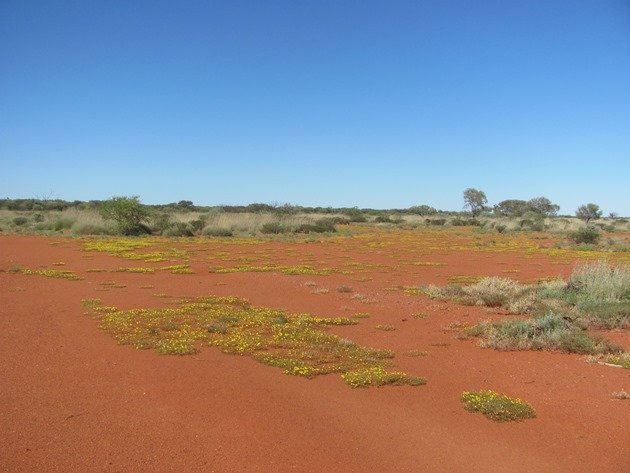
Last month we returned to a rest area not far from the Fortescue River between Marble Bar and Newman called the “Roy Hill Rest Area” which we had used late in the year in 2015. We dropped in at Doolena Gorge once again and camped nearby and then continued south through Nullagine and on to the rest area. Late in the year in 2015 it had been very productive for birds and hence our return. The Fortescue River is an ephemeral river and was flowing on our visit and is the third longest river in Western Australia and is 760 kilometres/472 miles long. We were closer to the source of the river than the area where it flows out towards the coast near Karratha. Arriving at the rest area we added a Red-backed Kingfisher to our notebook closely followed by Diamond Doves, Zebra Finch and Crested Pigeons. There were a few small areas of water left from earlier rains, but the main water source was the river a few kilometres away. We parked our vehicle in the shade of the trees and wandered around in the bush to see what other birds were about before we set up the tent, which only takes a minute or two to do. Black-faced Cuckoo-shrikes, Yellow-throated Miners and White-winged Trillers were active around the area, but the dominant species was Masked Woodswallows and there were literally thousands of them swooping after all of the insects in the area. As you walked through the vegetation grasshoppers poured out from below your feet and the birds were taking advantage of the huge numbers of them. It was incredibly hard to photograph a sky full of Masked Woodswallows and they just looked like specks across the blue sky.
Masked Woodswallows feeding
Before long we had Masked Woodswallows landing in the trees as well and we could focus on them there and I was surprised to see one “odd” one among those perched on a dead tree. It was in fact a White-browed Woodswallow and a species rarely seen in Western Australia. White-browed Woodswallows do sometimes associate with Masked Woodswallows, but finding one flying among a large flock would have been impossible to document. Thankfully this White-browed Woodswallow was perched in a dead tree and I could capture its rich chestnut brown front even if the “brow” was not obvious in the photo.
White-browed Woodswallow facing forward
We had soon also added Crimson Chats and Crested Bellbirds to our year list. There were several Willie Wagtails bouncing around chasing insects and there were Galahs feeding on the grass seeds all around us. The honeyeater family was well represented with Brown Honeyeaters, Singing Honeyeaters, Pied Honeyeaters, Black Honeyeaters, Spiny-cheeked Honeyeaters and White-plumed Honeyeaters. The White-plumed Honeyeaters were nesting all around the area and we could see two good nests only metres apart from each other. They appeared to be taking advantage of the large numbers of huge spiders’ webs in the area made by Golden Orb Weaving Spiders, which we were avoiding where possible! The female spider is the large one and the male the very small one.
White-plumed Honeyeater’s nests
Golden Orb Weaving Spider and its web
The day was soon almost over and we had a short walk before the last of the daylight was gone and observed Australian Pelicans and Straw-necked Ibis heading for the Fortescue River. Cockatiels and Budgerigars called out overhead and Rainbow Bee-eaters swooped down chasing insects. Black-faced Woodswallows accompanied the Masked Woodswallows chasing insects above us and both a Brown Falcon and a Spotted Harrier swooped through the bush. Black and white birds were well represented by Magpie-larks and Pied Butcherbirds and there were also Torresian Crows. The dense vegetation we walked through soon came alive with Little Button-quail and they were well hidden until you were almost on top of them.
Budgerigar and Masked Woodswallow
The following morning we were awoken by the Crested Bellbirds and the Blue-winged Kookaburras in the area, followed by the cackling laugh of the Grey-crowned Babblers. Several pairs of Australian Ringnecks moved around the area and both Little Corellas and White-necked Herons flew towards the Fortescue River. There were more birds of prey to add to the list including Peregrine Falcon, Whistling Kites, Nankeen Kestrel, Black Kites and Black-shouldered Kites. We had seen a pair of Little Eagles the day before further north with a recently caught item of food, so it was an excellent area for birds of prey. The area has beautiful native flowering bushes called the eremophila and not only were Variegated Fairy-wrens hiding among the dense foliage, but beautiful butterflies were feeding on the nectar.
Eremophila flowers
Eremophila flowers and butterfly
There was native mistletoe growing in some of the trees and it is a distinct feature, but also a great place to build a nest if you are a Zebra Finch, which we discovered as we passed by one large specimen.
Native Mistletoe and Zebra Finch nest
Red-capped Robins were easily encountered around the area and were often inquisitive and a small patch of water saw us adding Grey Teal to our list. Sacred Kingfishers, Rufous Whistlers, Chestnut-rumped Thornbills and Horsefield’s Bronze Cuckoos topped our list up and we ended up staying two nights in that location, because there was so much going on! Once again we had enjoyed a piece of Australian bush and all that it offers and a place that we will return to again.


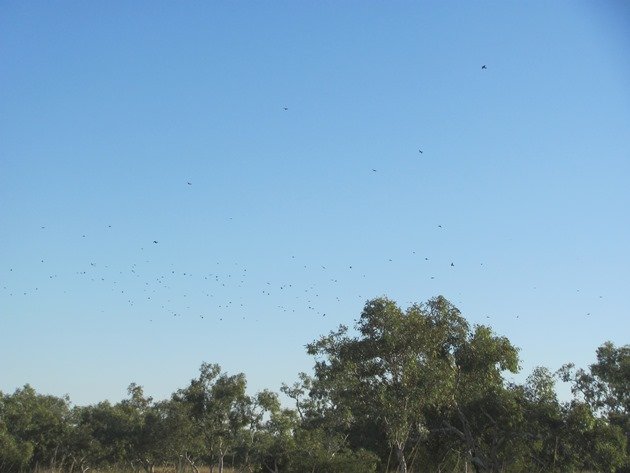
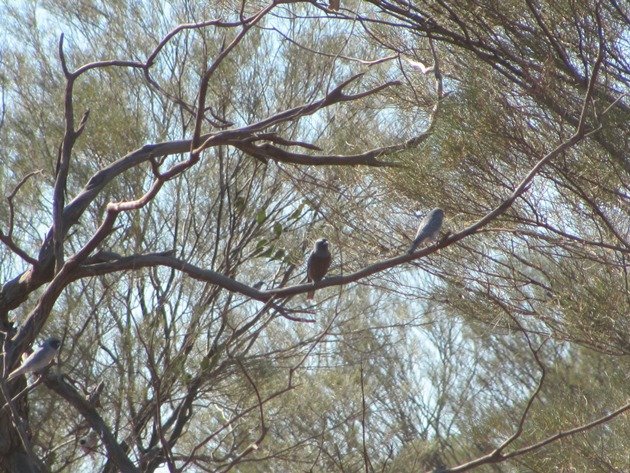
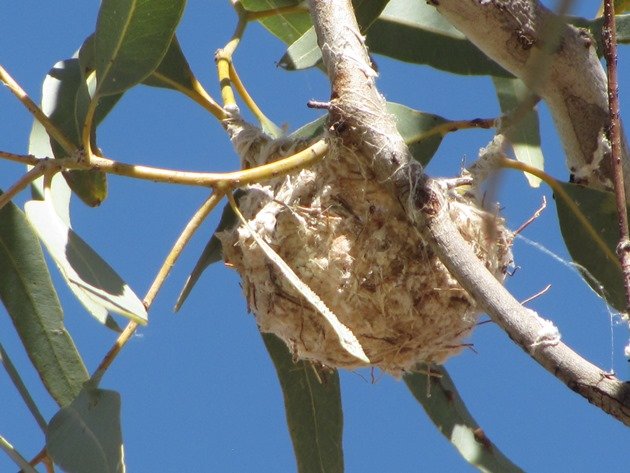
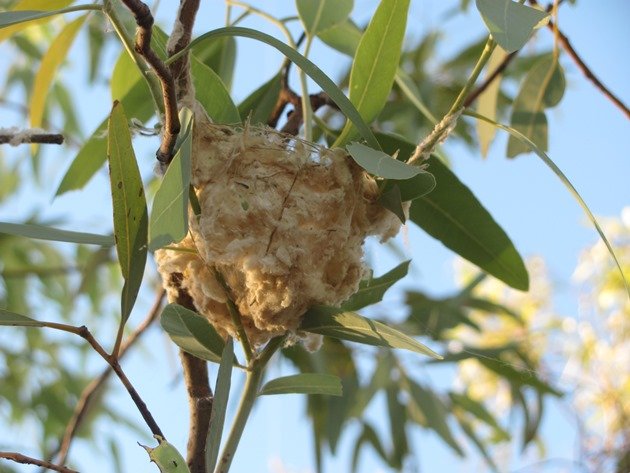
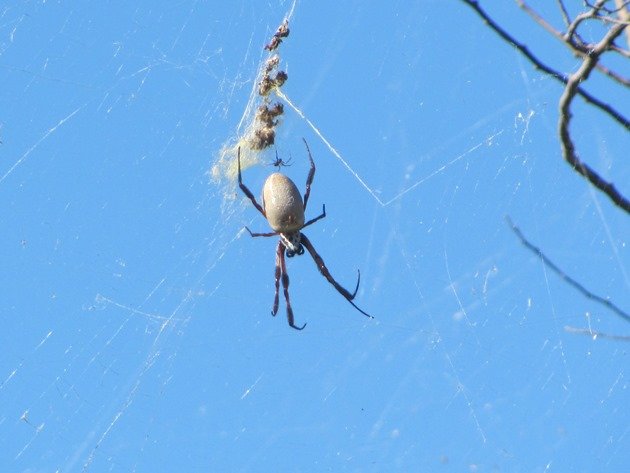
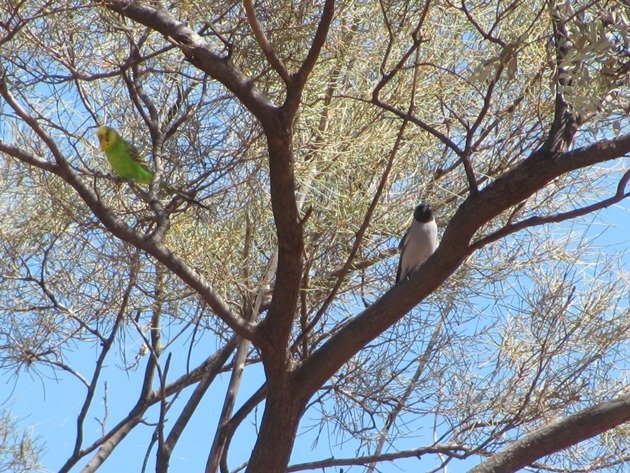
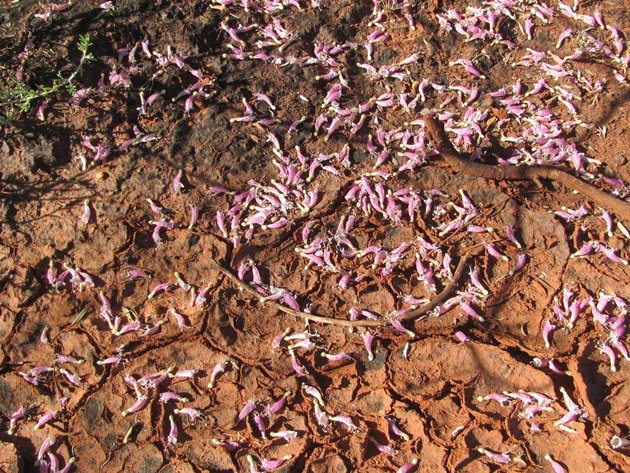
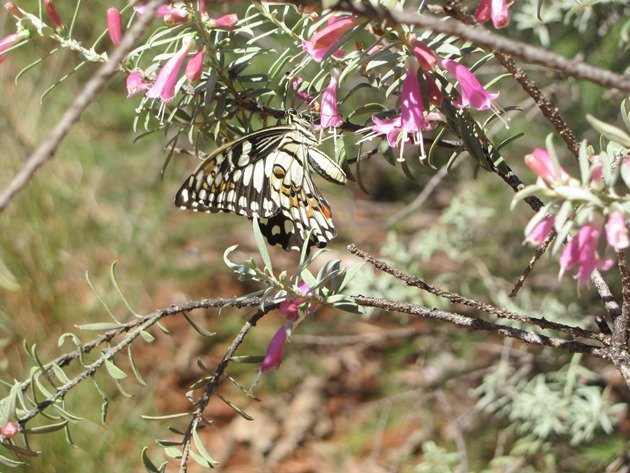
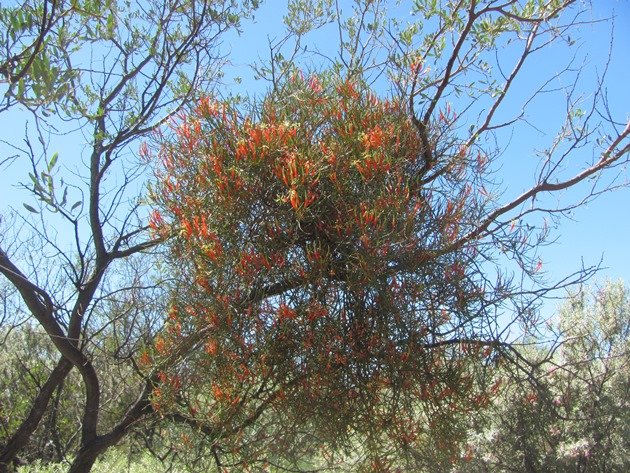
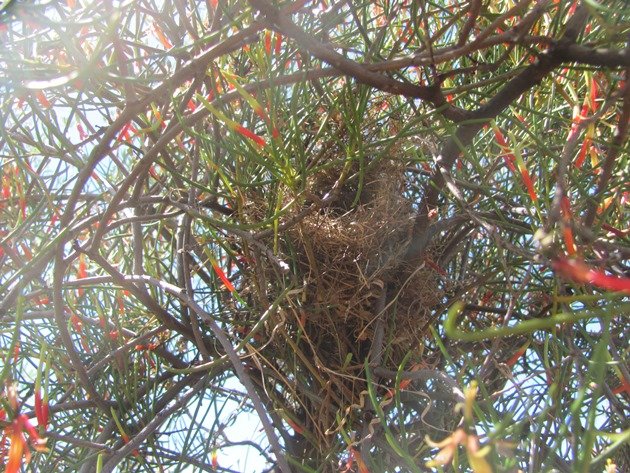











Leave a Comment